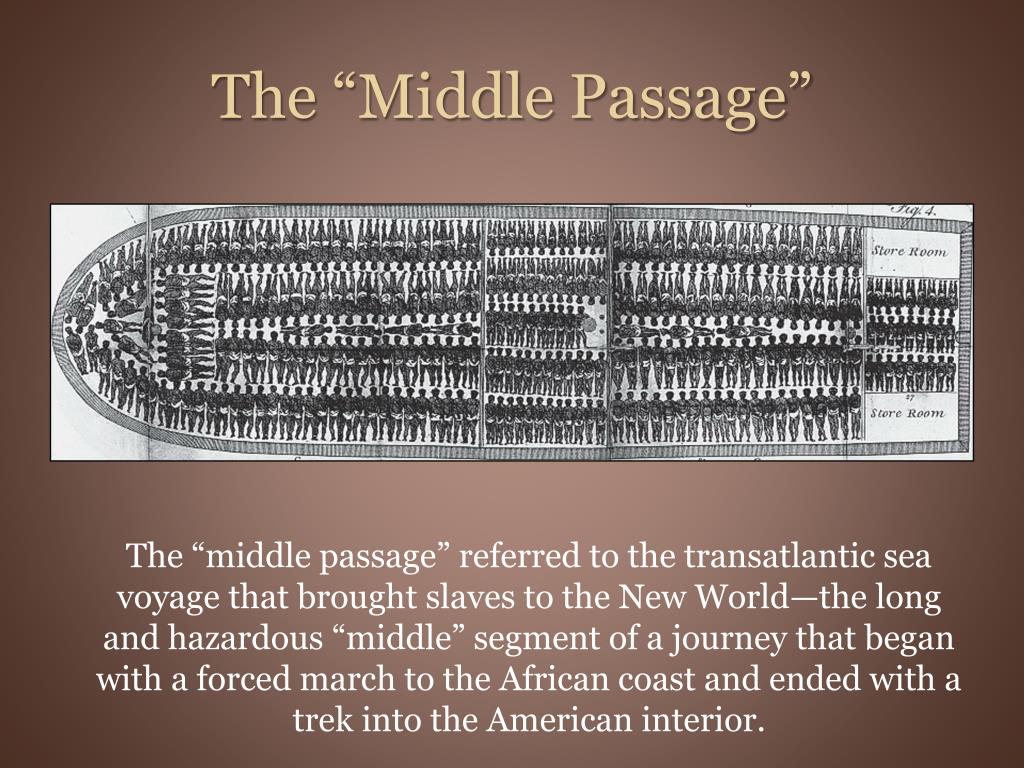
“This becomes a fresh source of boils and disturbances…rendering the condition of the poor captive wretches still more uncomfortable” (Falconbridge, 1973: 21). The result was that slaves would be forced to relieve themselves as they lay there (Falconbridge, 1973: 20, 21). Most of the time, slaves that needed to reach the tubs were prevented from doing so. Arguments and quarrels typically broke out between slaves who needed to reach the tubs and those that needed to be crawled over. Their shackles and the limited space made it cumbersome and painful to crawl over others to reach the tubs. Slaves that were not stored next to these buckets had trouble reaching them. In each partitioned off apartment within the hold, there were three or four tubs roughly two feet by two feet that were to be used as latrines. The leg irons, handcuffs and the restricted space made it painful and difficult for slaves to turn or move while stored in the hold (Equiano, 1999: 33). In fact, most captains were ‘tight packers’, storing as many slaves as possible, each of them squished together like in a can of sardines (Drake, 1972: 39, 43, 59, 89). These storage selves made it impossible for slaves to stand while stored, much less sit upright. The platforms were “Placed nearly midway between the decks, at the distance of two or three feet from each deck” (Falconbridge, 1973: 20). Philip Howard, from the University of Houston, described these platforms as strips of un-planed boards with no covering to protect slaves from the splinters and knots, usually having some amount of space between each board. The modified design of the holds exacerbated and promoted unhealthy conditions for the slaves, resulting in high mortality, along with the physical weakening and psychological traumatizing of the rest. The hold, where the slaves were stored, was modified with storage platforms extending inward from the side of the ship. After an examination of this material, it is apparent that the cruel treatment of the slaves coupled with the inhuman conditions aboard the slavers resulted in high mortality rates while causing the survivors to emerge physically weak as well as mentally terrified.

The material used for this research includes first-hand accounts (Captain Logs, seamen diaries, and slave narratives) as well as other appropriate secondary sources. Anderson Library located at the University of Houston’s main campus. The bulk of the material used to explore this topic comes from the holdings of the M.D. This article will briefly outline the major phases of The Middle Passage and describe some of the treatments and conditions the enslaved Africans experienced. The Middle Passage of the Atlantic Slave TradeĪlthough the origins are unknown and the meaning has changed over time, The Middle Passage is a term that commonly refers to the transporting of African slaves from the West African coast, across the Atlantic sea to the Americas, aboard slave ships known as slavers. Source: David Eltis and David Richardson, Atlas of the Transatlantic Slave Trade (New Haven, 2010). Map reproduced by permission of Yale University Press.


 0 kommentar(er)
0 kommentar(er)
